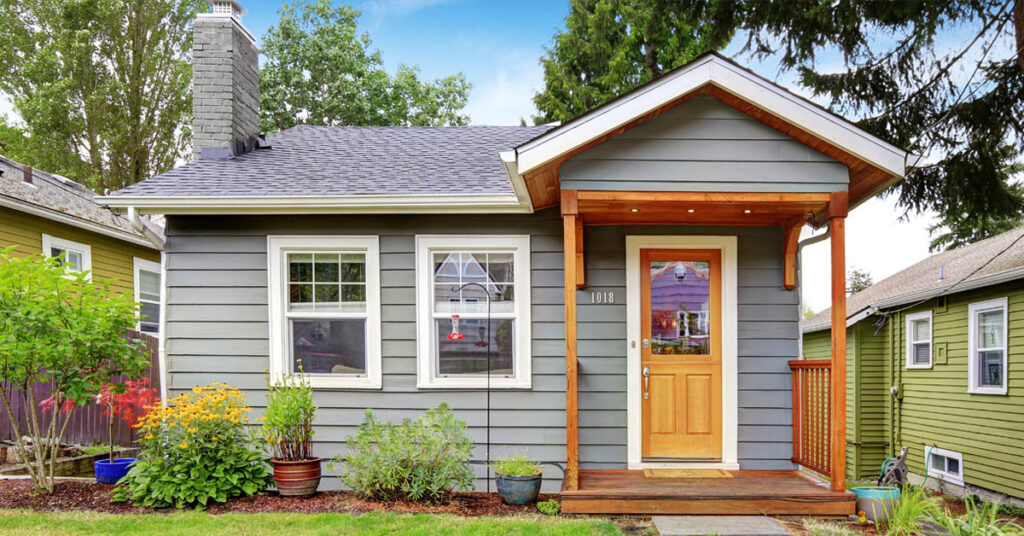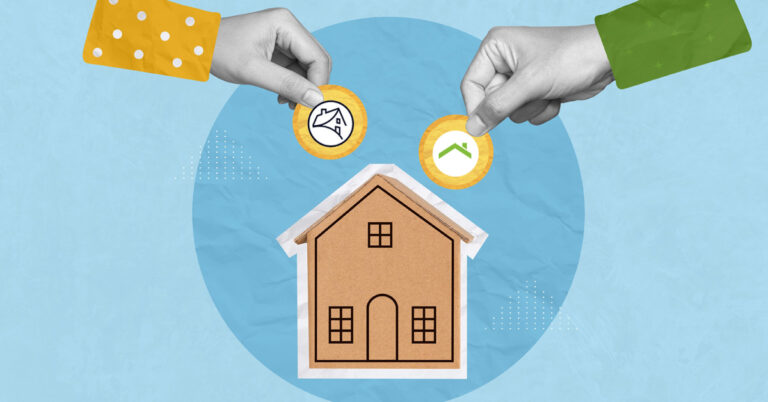Homes were less affordable in the third quarter of this year than they have been historically in 99% of counties nationwide with enough data to analyze, according to a new report from Attom.
The real estate analytics company’s Q3 2023 U.S Home Affordability Report revealed that median home prices in 574 of the 578 counties analyzed were less affordable than their historic averages. That’s up from 568 one quarter prior and up from 552 in Q3 2022. Moreover, the share of counties where homes are less affordable than the long-run average remains more than double what it was two years ago.
To determine affordability, Attom calculated major monthly homeownership expenses (including mortgage payments, property taxes and insurance) on a median-priced single-family home. Attom assumed a 20% downpayment and a 28% debt-to-income (DTI) ratio, a common lending standard. Attom then calculated the amount of income needed to meet the aforementioned expenses and compared it to annualized average weekly wage data acquired from the U.S. Bureau of Labor Statistics.
Affordability dropped across the country in the third quarter due to an increase in home prices during the three-month period, combined with interest rates that have continued to rise. It’s been a double whammy for homebuyers, who have seen the typical portion of average national wages required for major homeownership expenses grow to 35%. That’s well above the common 28% DTI threshold and handily surpasses the 21% mark from early 2021, before mortgage rates began to climb from record lows.
In fact, based on a 28% DTI, major homeownership expenses on typical homes are considered unaffordable to average local wage earners in 79% of the counties in the report.
“The dynamics influencing the U.S. housing market appear to continuously work against everyday Americans, potentially to the point where they could start to have a significant impact on home prices,” Attom CEO Rob Barber said. “We clearly aren’t there yet, as the market keeps going up and the slowdown we saw last year looks more and more like a temporary lull.
“But with basic homeownership now soaking up more than a third of average pay, the stage is set for some potential buyers to be priced out, which would reduce demand and the upward pressure on prices.”
Median home prices nationwide were up 2% from the second quarter to a new record of $351,250. It’s the second consecutive quarter of median home price growth, helping drive up the costs of key homeownership expenses more quickly than the pace of wage growth.
The silver lining is that the most recent gain in home values came at what Attom described as “a typically modest third-quarter pace.” But with rates staying high, the stock market recently down and inflation still problematic, affordability remains in flux and could move in either direction.
“We will see how this shakes out as the peak 2023 buying season winds down,” Barber said.







